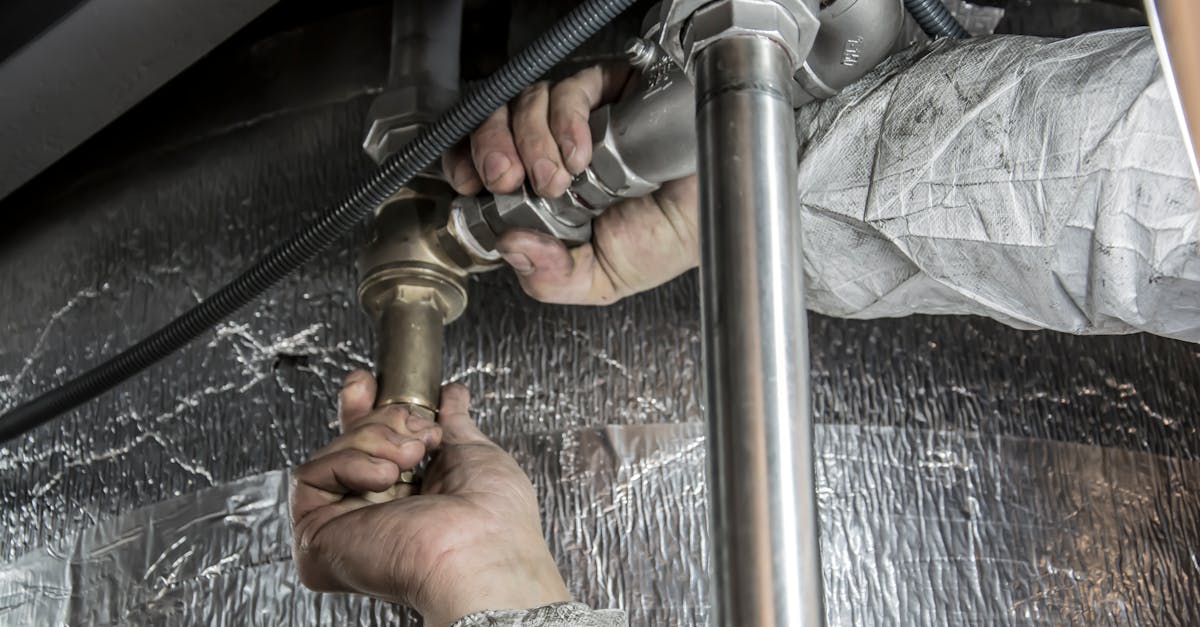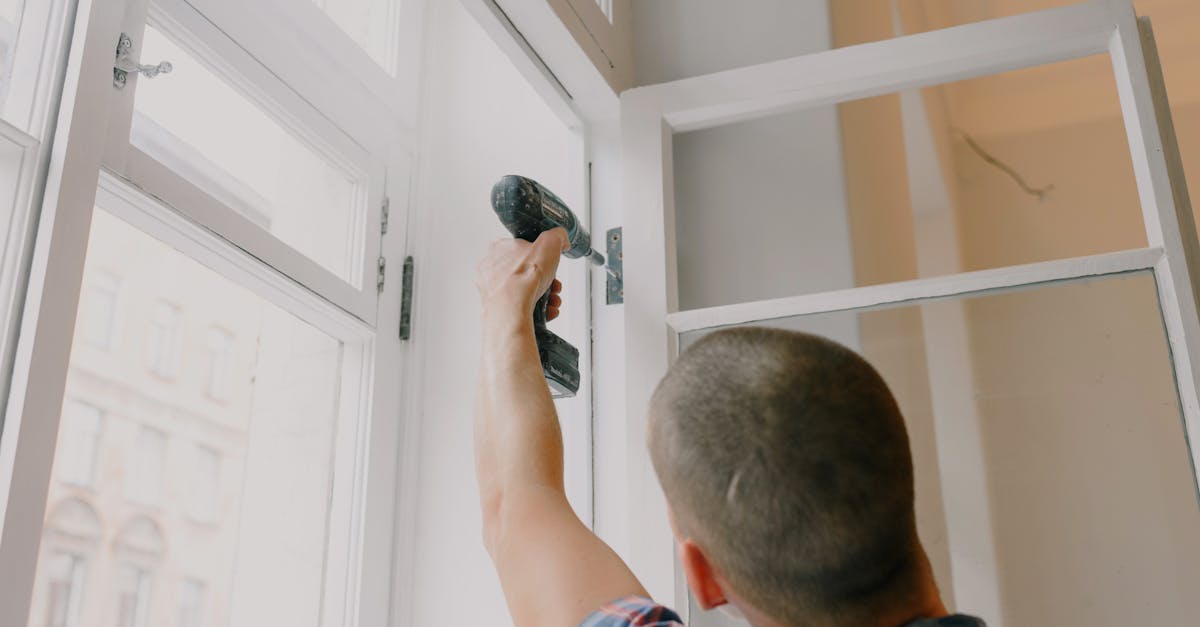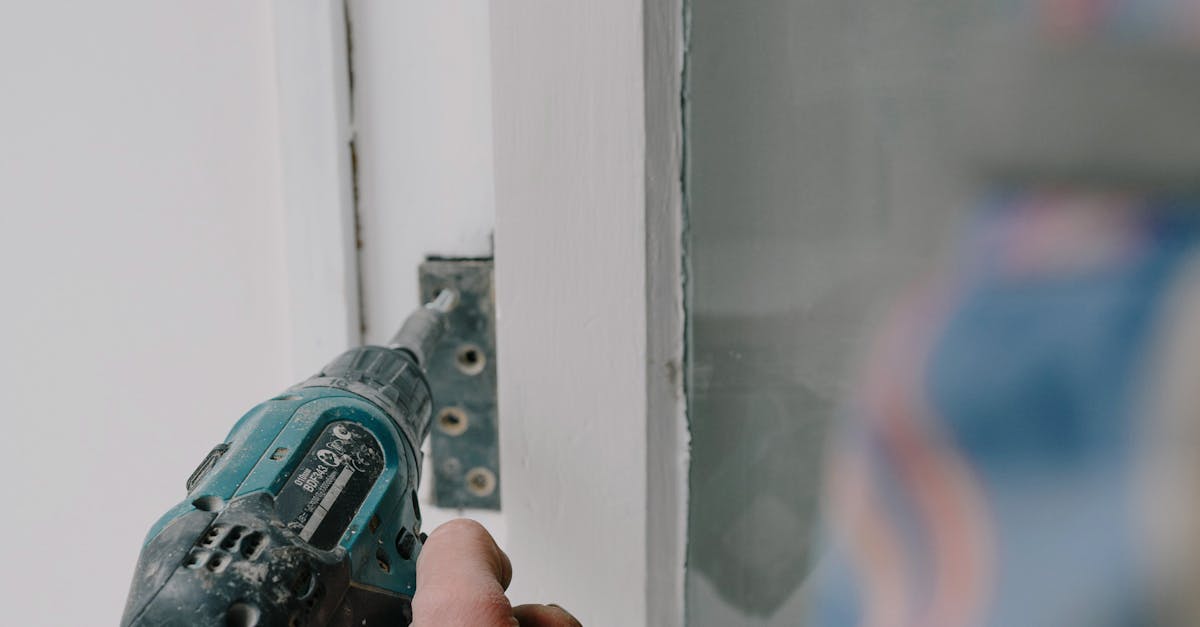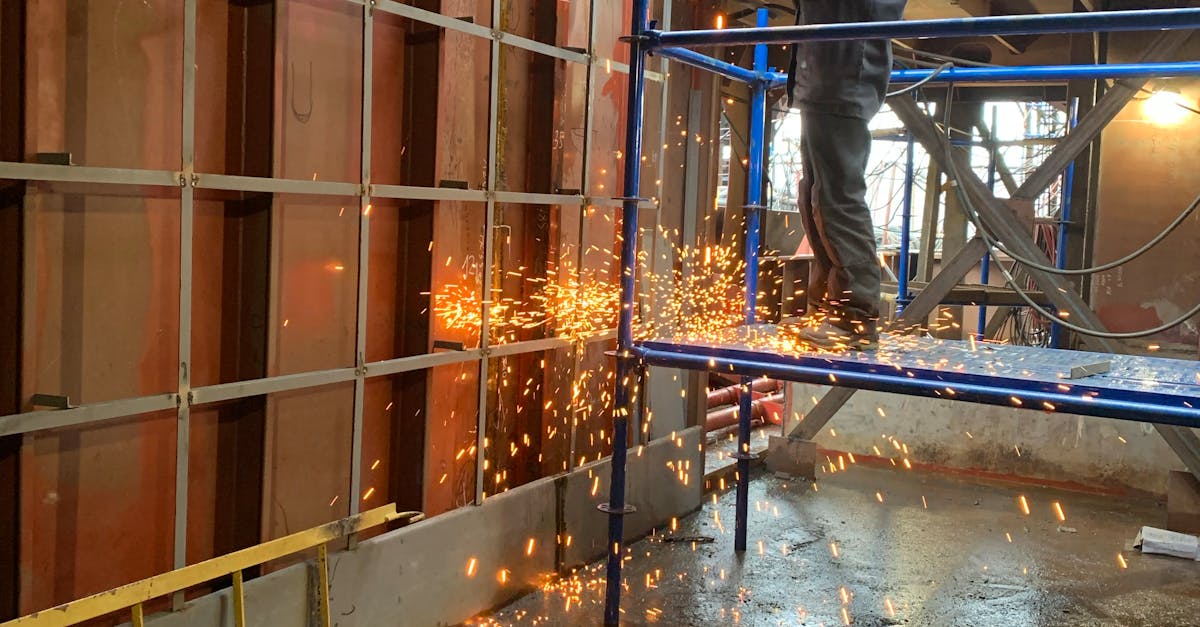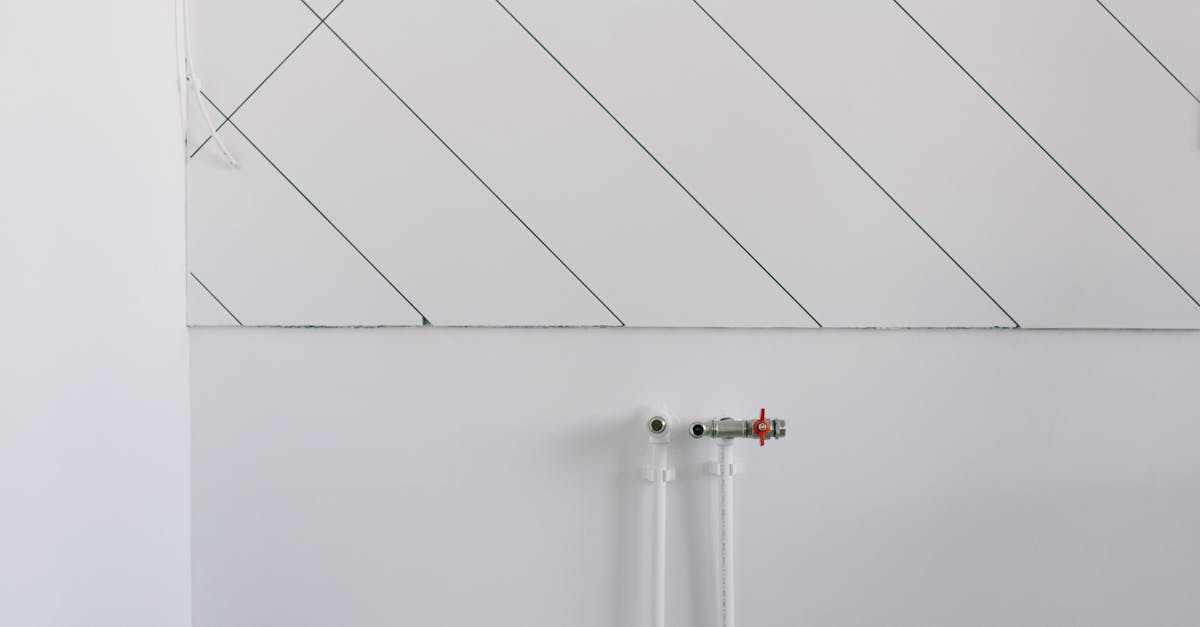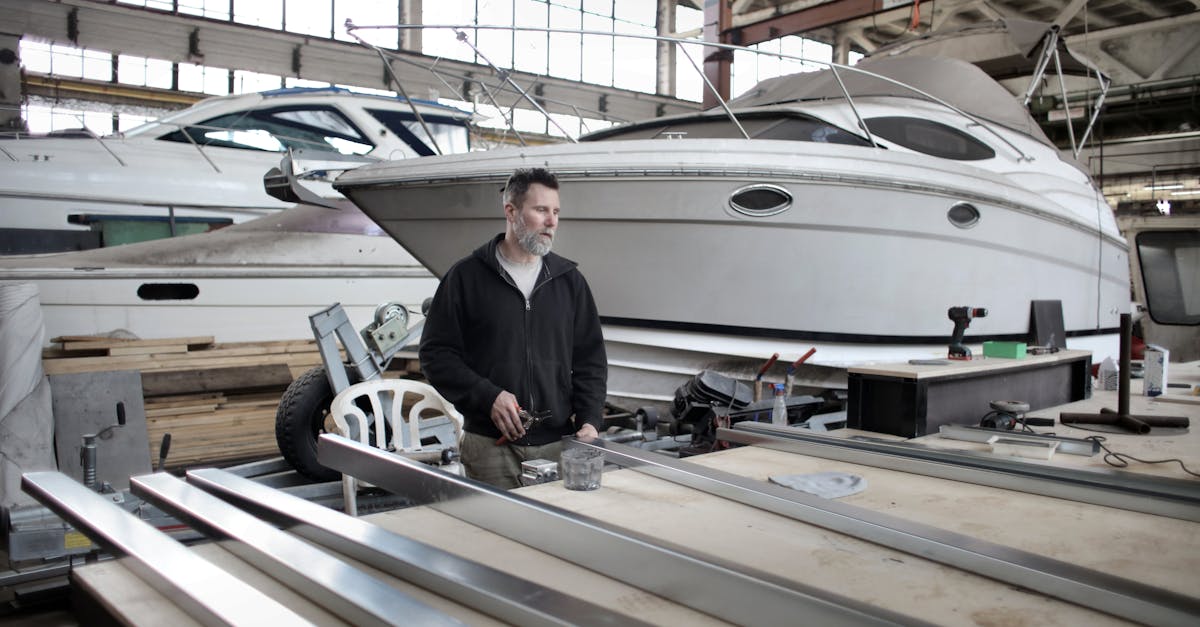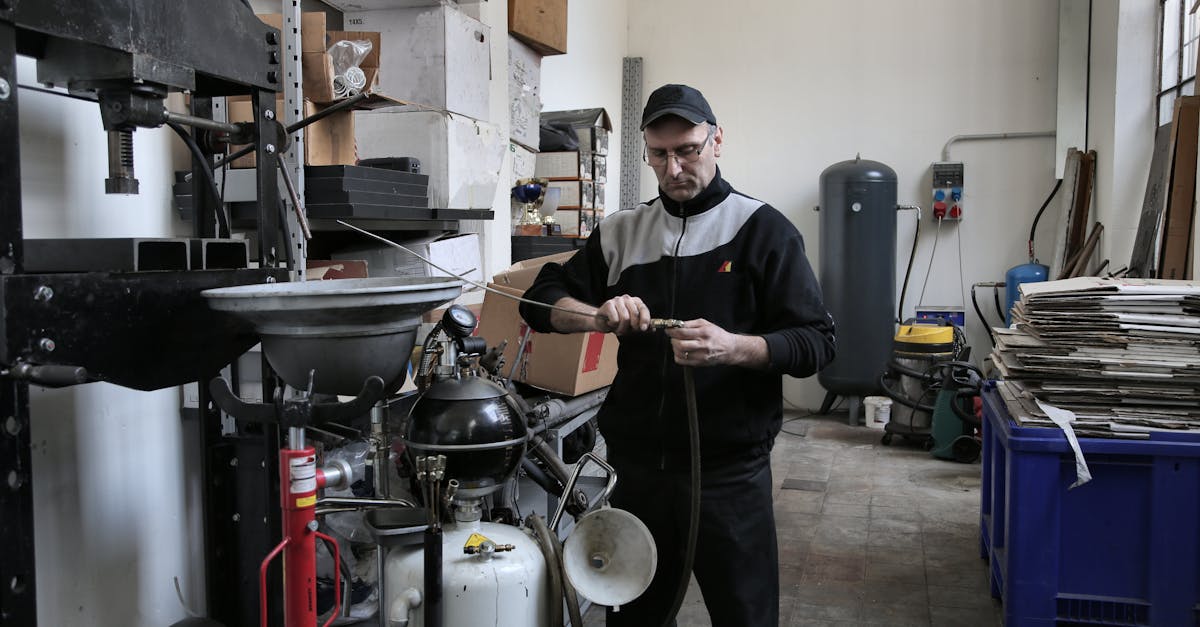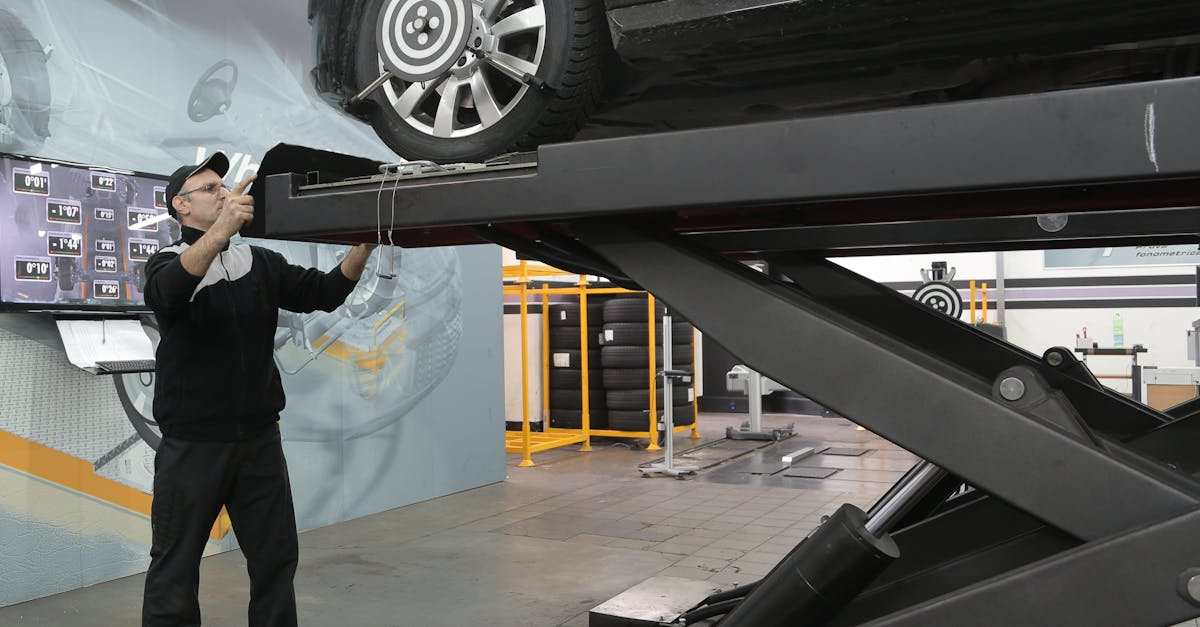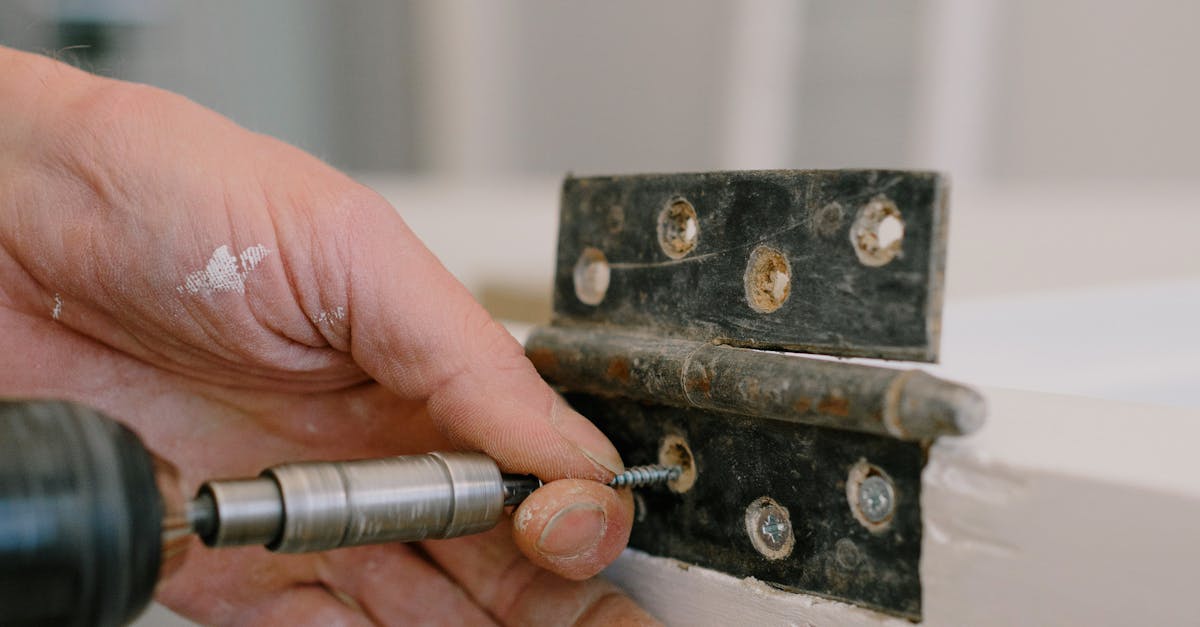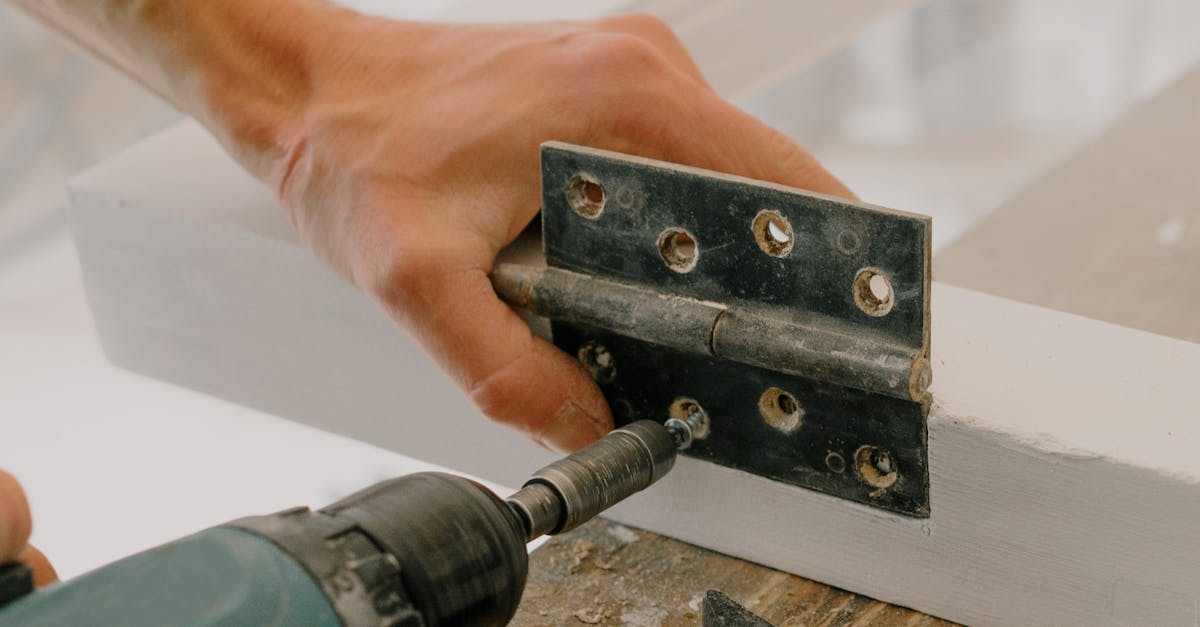
Table Of Contents
PVC Pipes and Natural Gas
PVC pipes are commonly used for a variety of plumbing applications, but their use in natural gas lines is generally prohibited. The inherent properties of PVC make it unsuitable for handling natural gas, as it lacks the necessary strength and resistance to the high pressures often encountered in gas distribution systems. Furthermore, PVC can become brittle over time, particularly when exposed to UV light or extreme temperatures. In the context of gas line installation and repair, the use of inappropriate materials increases the risk of catastrophic failures, particularly in areas where pipe integrity is crucial for safety.
Many regulations explicitly stipulate the types of materials that can be used for natural gas lines. These standards are in place to ensure the safety and reliability of gas supply systems. Instead of PVC, materials such as steel or polyethylene are preferred, as they offer the strength and durability required for the transport of natural gas. During gas line installation and repair, adhering to these guidelines not only protects the infrastructure but also safeguards individuals and property from potential hazards associated with gas leaks.
Reasons for Avoiding PVC in Gas Lines
PVC pipes lack the durability and heat resistance required for natural gas applications. Exposure to high temperatures can cause PVC to soften and deform, leading to potential leaks. Furthermore, PVC is susceptible to degradation from UV light and chemicals, which can compromise its integrity over time. This makes it unsuitable for environments where the pipes may face harsh conditions or prolonged exposure to sunlight.
Gas line installation and repair require materials that can withstand the pressures and stresses associated with gas distribution. The risk of leaks from failing pipes is too significant when using PVC. Alternative materials, such as steel or polyethylene, offer enhanced strength and safety, ensuring a reliable transmission of natural gas. These options minimise risks and comply with regulations aimed at safeguarding public health and property.
The Role of Pipe Sizing in Safety
Proper pipe sizing is essential for ensuring the safe and efficient operation of natural gas distribution systems. If the diameter of the pipe is too small, it can lead to increased pressure and risk of leaks or ruptures. Conversely, oversized pipes may result in lower velocities that can cause condensation of gas and other issues. Both scenarios pose significant risks, making it crucial for professionals involved in gas line installation and repair to adhere to established guidelines and standards.
The selection of appropriate pipe sizes not only influences the performance of the system but also impacts overall safety. Incorrect sizing can lead to dangerous situations, such as gas build-up or inadequate pressure for appliances. Ongoing assessments and precise calculations are vital during gas line installation and repair to mitigate hazards associated with improperly sized piping. Ensuring the correct diameter promotes a balanced flow of gas while reducing the risk of accidents and enhancing the longevity of the installation.
Determining the Right Size for Efficient Flow
Determining the right size of a pipe for natural gas lines is crucial for ensuring not only efficient flow but also safety and reliability. The size impacts the pressure and volume of gas that can be transported effectively. Insufficiently sized pipes may lead to increased friction losses, resulting in pressure drops that could impair system performance. When assessing the appropriate pipe diameter, it is important to consider the total length of the run and the number of bends and fittings, as these factors can also affect gas flow.
Gas line installation and repair necessitates careful evaluation of the expected demand and the distance from the gas supply source. Larger diameter pipes might be needed for high-demand applications, while smaller pipes can suffice for residential use. Additionally, compliance with local regulations and standards helps in selecting the appropriate size, ensuring that systems operate within safe parameters. Proper sizing not only enhances operational efficiency but also reduces the risk of potential hazards associated with gas leaks or pressure fluctuations.
Regulations Governing Pipe Use
Regulations play a crucial role in ensuring the safety and efficiency of natural gas systems. In Australia, various standards govern the materials and methods used for gas line installations. These regulations stipulate the types of pipes acceptable for use, ensuring that they can withstand the pressures and conditions associated with natural gas transport. Adhering to these guidelines not only mitigates the risks of leaks or failures but also aligns with industry best practices.
Compliance with these regulations is essential for professionals involved in gas line installation and repair. Certified contractors must stay updated on amendments to safety standards, which often evolve to reflect technological advancements and emerging safety concerns. Using properly rated materials is vital, as insufficient compliance can lead to severe consequences, including hazardous incidents and costly repairs. Hence, a thorough understanding of the regulatory framework is indispensable for anyone in the gas industry.
Key Standards for Natural Gas Pipelines
The safety and integrity of natural gas pipelines are governed by a set of rigorous standards designed to prevent leaks and ensure efficient operation. In Australia, various regulatory bodies oversee the compliance of pipeline materials and installation practices. These regulations encompass specifications for the materials used, thickness of pipes, and reinforcement measures, ensuring that the infrastructure can withstand pressures encountered during operation. Adherence to these standards is critical during gas line installation and repair to protect both public safety and the environment.
Additionally, industry standards are regularly updated to incorporate advancements in technology, which can enhance the overall reliability of gas pipelines. Compliance with these standards not only minimises risks associated with natural gas distribution but also informs both contractors and utility companies about best practices in maintenance and monitoring. As the demand for natural gas rises, the emphasis on stringent regulatory frameworks becomes even more essential to maintain the system's safety and efficiency.
FAQS
What type of pipes are commonly used for natural gas lines?
Commonly used pipes for natural gas lines include steel, polyethylene (PE), and sometimes copper. Each material has its own advantages and disadvantages depending on the application and installation environment.
Why is PVC not recommended for natural gas lines?
PVC is not recommended for natural gas lines due to its inability to withstand high pressures and temperatures associated with gas transportation. It can also become brittle over time and may release harmful chemicals if exposed to certain conditions.
How do I determine the right size of pipe for natural gas?
The right size of pipe for natural gas is determined by factors such as the volume of gas to be transported, the distance the gas needs to travel, and the pressure requirements. Consulting with a qualified gas professional is essential for accurate sizing.
What regulations govern the use of pipes for natural gas?
The use of pipes for natural gas is governed by various regulations and standards, including those set by the Australian Gas Network and the Australian Standards (AS/NZS) for gas installations. Compliance with these regulations ensures safety and reliability.
Are there specific standards I should be aware of for natural gas pipelines?
Yes, key standards for natural gas pipelines include AS/NZS 5601 for gas installations and AS 2885 for the design and construction of gas and petroleum pipelines. These standards cover material specifications, installation practices, and safety measures.
